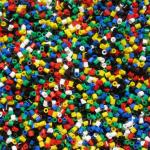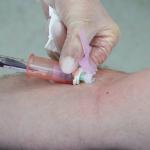Let’s begin with the data.
Infection or Severe Illness
Disease
It is difficult to detect the tiny amounts of plastic lurking within our bodies.
The study is relatively straightforward. The researchers looked at the PCR positive cases before Delta, October 15 to December 22, 2020, and during Delta, June 27 to August 21, 2021
From an evolutionary point of view, we live on a planet with an established pattern of light and dark, so it is not a giant leap to consider that synchronizing our body’s physiology to match that pattern has some advantages.
“… pharmacists are experts at recognizing and avoiding drug-drug interactions.”
Here is the question researchers hope to answer
“Is nonoperative management of a proximal femoral fracture a satisfactory alternative for frail patients?”
If you wish to catch up, Chuck Dinerstein's article can be found here.
A commentary on this article by our Board of Scientific Advisors' Susan Goldhaber can be found here.












